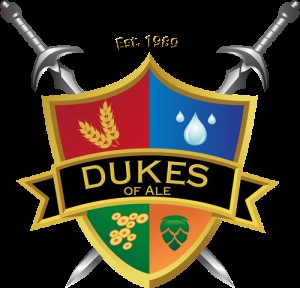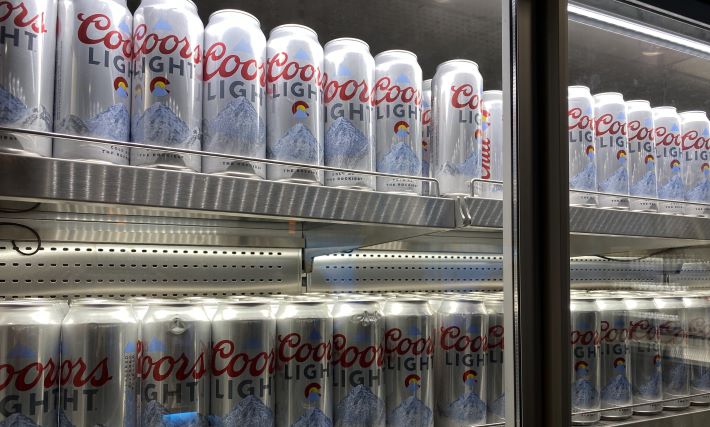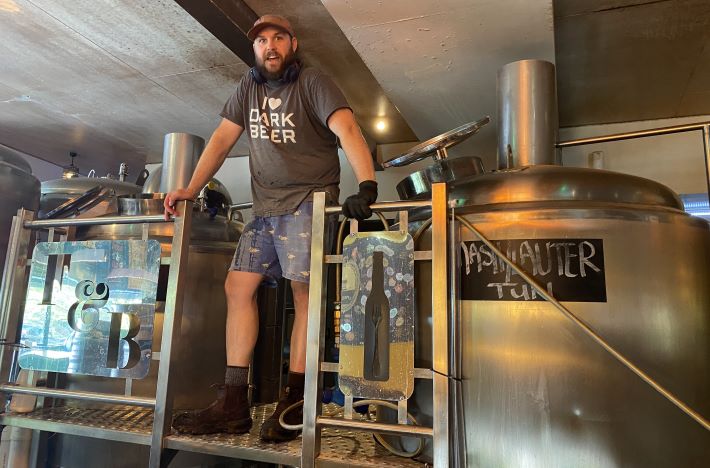 “Learn to Homebrew Day” began as “Teach a Friend to Homebrew Day” in 1999. One year shortly after that the Dukes of Ale of Albuquerque, the homebrew club I was a member of, hosted an event at a local brewery that most accurately could have been called “Here Are Some Ways to Make Beer at Home.”
“Learn to Homebrew Day” began as “Teach a Friend to Homebrew Day” in 1999. One year shortly after that the Dukes of Ale of Albuquerque, the homebrew club I was a member of, hosted an event at a local brewery that most accurately could have been called “Here Are Some Ways to Make Beer at Home.”
Several club members set up their brewing systems in the parking lot and we invited – by sending out a press release that got published or read on air – people interested in learning about homebrewing to hang out. I’m not sure how much teaching or learning about the nuts and bolts of brewing went on, but we probably managed some demystifying.
I mention this because yesterday I posted a recipe from “Brew Like a Monk” for Learn to Homebrew Day, and today I have one from “Brewing With Wheat.” Were a person to decide to start homebrewing, particularly without some instruction, these are not starter recipes. The ones Friday and Saturday also won’t be.
It is good to review the basics in a book such as Charlie Papazian’s “The Complete Joy of Homebrewing” or John Palmer’s “How to Brew” and to have one of those books on hand while brewing. For those who want to begin on a smaller scale (less equipment, less time), I suggest “Speed Brewing: Techniques and Recipes for Fast-Fermenting Beers, Ciders, Meads, and More.”
I’m not sure it is possible to count the number of witbiers that Jean-Francois Gravel of Dieu du Ciel! In Montreal has created. This is a recipe he generously provided for “Brewing With Wheat.”
“To me, wheat has a very delicate, bready flavor with some acidity or refreshing tartness. I think the barley has more pronounced grain flavor and a sweeter perception,” he said. “If you eat raw wheat and malted grain, you will see the difference of texture right away, because the malted wheat is more crumbly and easy to crush. But the flavor difference between unmalted and malted wheat is very subtle. The malted wheat will have a bit more . . . malted flavor.”
When Gravel talked about “coriander punch” he was describing impact, not the “coriander soup” that can make white beer unpleasant. However, he admitted to his affection for the spice. “I have to say that I love coriander seeds, so I use a lot. I followed the guidelines from brewing books for my first versions and increased it slowly until I had the coriander punch I like.”
Original Gravity: 1.054 (13.5 °P)
Final Gravity: 1.013 (3.3 °P)
Alcohol by Volume: 5.5%
IBU: 14
Grain Bill:
Pale two-row 50%
Malted wheat 20%
Pregelatinized (torrified or flaked) wheat 30%
Rice hulls as needed
Mashing:
Mash at a ratio of 3.1 L/kg of grist (0.4 gallons per pound)
Mash in at 124°F (51°C) for 15 minutes
Saccharification at 145°F (63°C) for 30 minutes
Saccharification at 154°F (68°C) for 30 minutes
Mash out at 169 to 172°F (76 to 78°C)
For single step hold at 145°F (63°C) for 45 to 60 minutes. Sparge with very hot water, 176 to 180°F (80-82°C) to increase the temperature of the mash up to 158 to 169°F (70 to 76°C). Then run the sparge with 169 to 172°F (76 to 78°C) water until the end
Hops: Mt. Hood, 60 minutes (14 IBU)
Spices: Fresh ground coriander 0.75g to 1.25g/L
Orange peel 0.5 g/L
Boil: 60 minutes
Yeast: White Labs WLP400 or WLP410 or Wyeast 3943 or 3944
Fermentation: 5 to 6 days at 73°F (23°C). Drop temperature to 50°F (10°C) for 24 hours, then 32°F (0°C). Lager 10 to 15 days.
Bottling: Refermentation in the bottle
 As seen at Coors Field in Denver.
As seen at Coors Field in Denver.